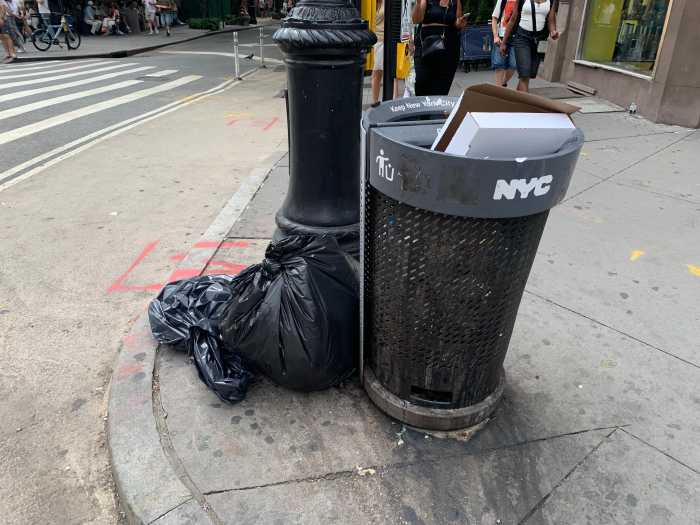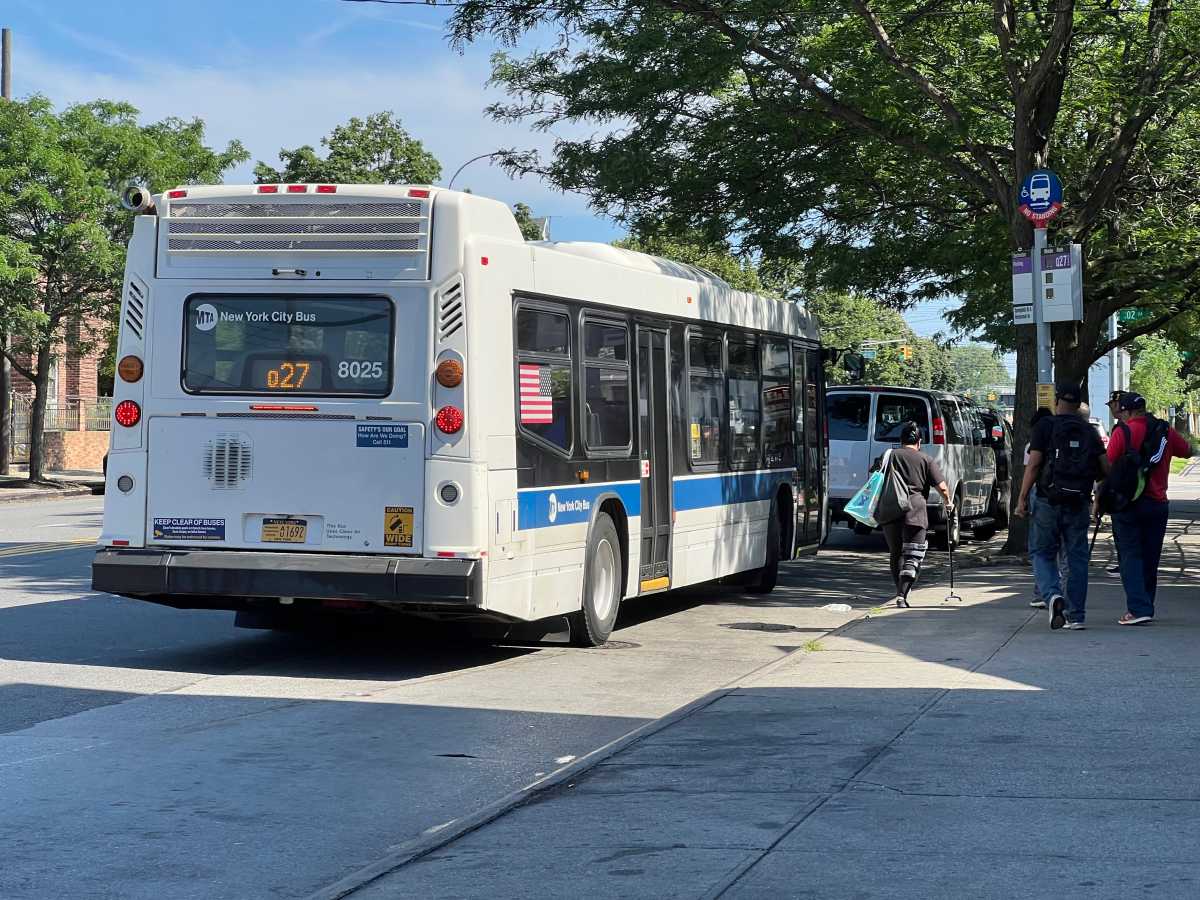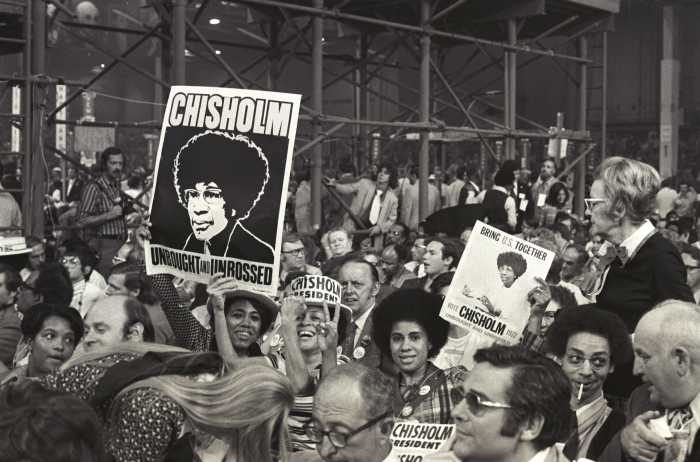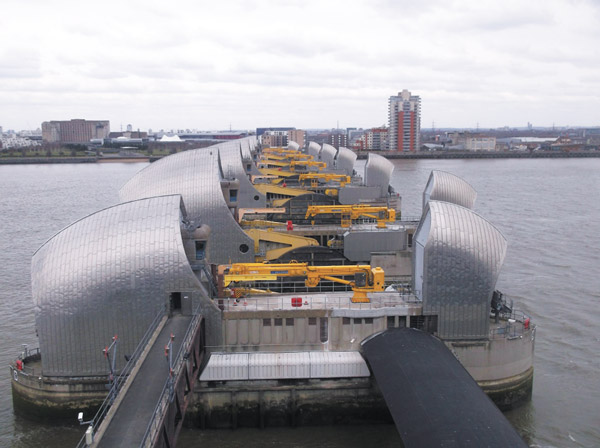
BY BOB TRENTLYON | I was fortunate to visit the Thames River Barrier last month. My family and I were the visiting party and Martin Earlam, Chief Engineer of the Thames River Barrier, was our guide for a two-hour tour.
The Barrier was created in response to a natural disaster. In 1953, there was severe flooding in the Thames Estuary, resulting in the drowning deaths of over 300 people. Twenty years later, after studying of multiple possibilities, the Thames River Barrier at Woolwich Reach, east of Central London, commenced.
It took eight years to build the 10 barriers across the river. During that same period, the banks of the river were raised substantially. The cost of building the barriers was shared. The national government paid 75 percent, and Greater London paid 25 percent.
I asked Earlam what the cost benefit/risk factor was. He said that it was $1 billion cost benefit, with a risk factor of $164 billion. When I asked him whether there were other barriers of a similar nature, he said that both South Korea and Germany have used the same design (a “Rising Sector Gate”) for water control. Parliament has also passed a law providing sea walls can be raised whenever there is the need.
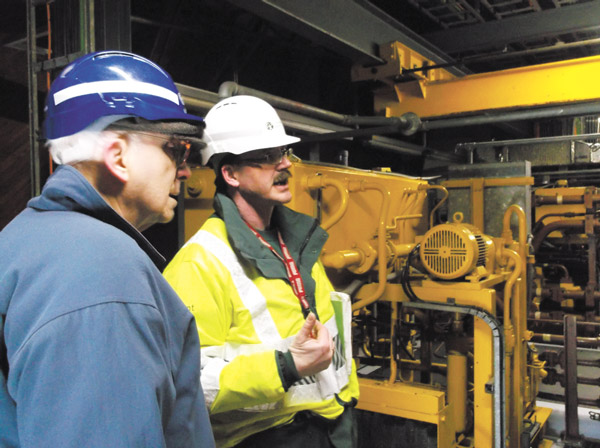
There is now a 100-year plan. Calculations have been made to estimate how high the water level will rise in a set period. The British engineers will build to the needed height, which is expected to be needed around 2050. As for the Thames Barriers currently in place, every fortnight a different barrier is examined to make sure it is working properly. Quick simultaneous examination of all 10 barriers is done monthly, with a thorough test done annually.
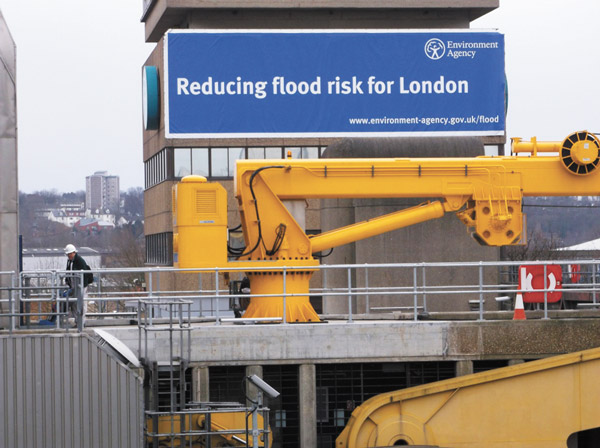
London got its storm surge barriers in 1983. New York City is now 30 years behind London, and our problem is infinitely greater and our population is much more in harm’s way. We have to act now!



